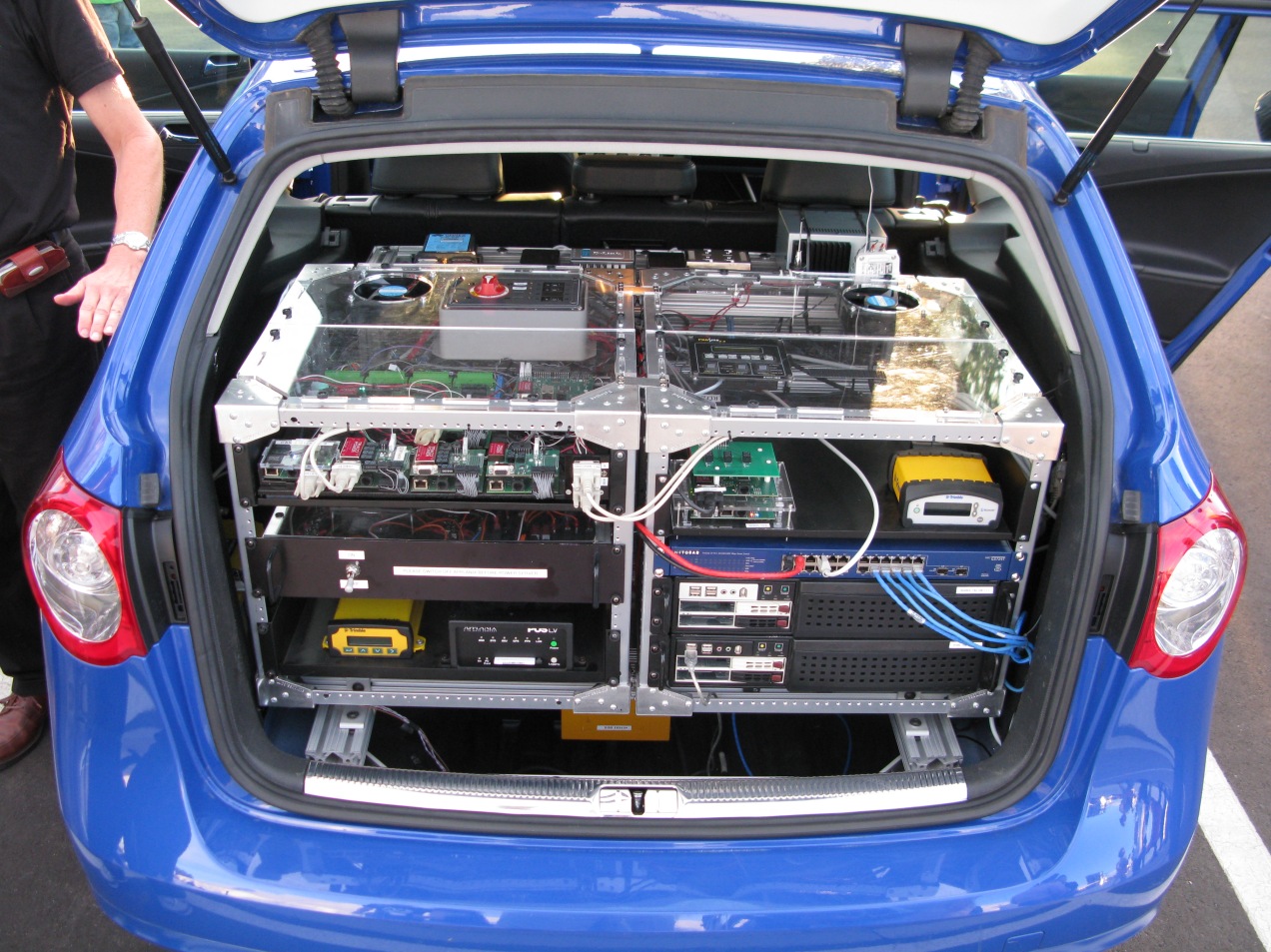Don’t you hate it when people try to park their cars next to you and end up hitting your car instead? Then one day you see a car commercial that advertised rotating side mirrors for parking assistance? We thought this would revolutionize the way people park, but the problem with parallel parking lingered on… On the bright side, with all these technological advances, we are all aware of the autonomous cars, especially Google’s. Luckily for us, we have companies that have been researching and carrying out actual experiments that could aid citizens with better parking experience.
So what do these companies have in store for us? Most automobile companies have already pushed for the implementation of automated parking systems that not only shows the critical angles for the side mirror but a sensor that catches the back view. Okay, not many of us are surprised at this advancement since turning your head is a lot more efficient than trusting an awkward camera view that never seems to get the job done. But what if there were different sensors like accelerometers and such in the back of your car to know how much you should turn at certain velocity? All you would have to do is turn the steering wheel and brake according to what your car tells you. You no longer have to worry about what angle your car should be turning. If that didn’t satisfy you, now they have steering wheel implementation that turns the wheel on its own and the user only has to brake at certain force. Forget about using your brain, just follow what your car tells you to do!
But you might say that isn’t enough! I want a car that parks itself! Well, you’re in luck since many of the automobile industries are trying to implement this idea of “driverless parking.” Questions now arise, “Can it park without me in the car? Can it perform parallel parking? Can it park on its own in parking structures?” We’ll slowly discover that these cars are more capable than what we’d expect.
Let’s get on with the basics. Looking at Bosch’s improvement on their project, yes, these cars can park on its own without having a driver. To what extent or how well these cars park themselves won’t be discussed much further than the fact that these cars use science behind physics and mathematics to position itself in between cars and lines. I mean if you look at the video, it’s very convincing that these cars can park better than some people you know.
So how are these cars able to do this? If you looked at the photo above, these cars use sensors in front and back to notice any cars and objects near them. Once it notices an open spot, it slows down, calculates the space and distance, then steers its wheels to park. It even has many user-friendly implementations aside from driverless parking. If you had one of these cars, you could get out of the car, stand in the lot and use an app to order the car to park. These cars then would turn off the engine and lock itself so that the driver wouldn’t have to walk to his/her car and lock. What many automobile industries are striving for is the parking system that would allow drivers to leave their cars outside the lot, and these driverless cars would go through the lot on its own and park. These parked cars would then find its own way down the lot when the returned driver uses an app orders to do so. Times are coming when you don’t have to look for a parking spot when you enter a plaza! Ford has come up with cars that can parallel park but it isn’t technically driverless. It requires a behind-the-wheel driver to oversee the process and apply brakes while the car steers its wheels.
So the effect of these driverless parking implementation is obvious. It will aid the public with parking at home, in parking structures, and on the streets. But when will we see one? We don’t know. People have been claiming estimated guesses, but even then, they are just guesses and not confirmations. We can only wait. With that said, many people are already expecting a lot more than just driverless parking, hail the long-waited autonomous cars for the public.
Photo Credits to Steve Jurvetson from flickr.com (Creative Commons)
